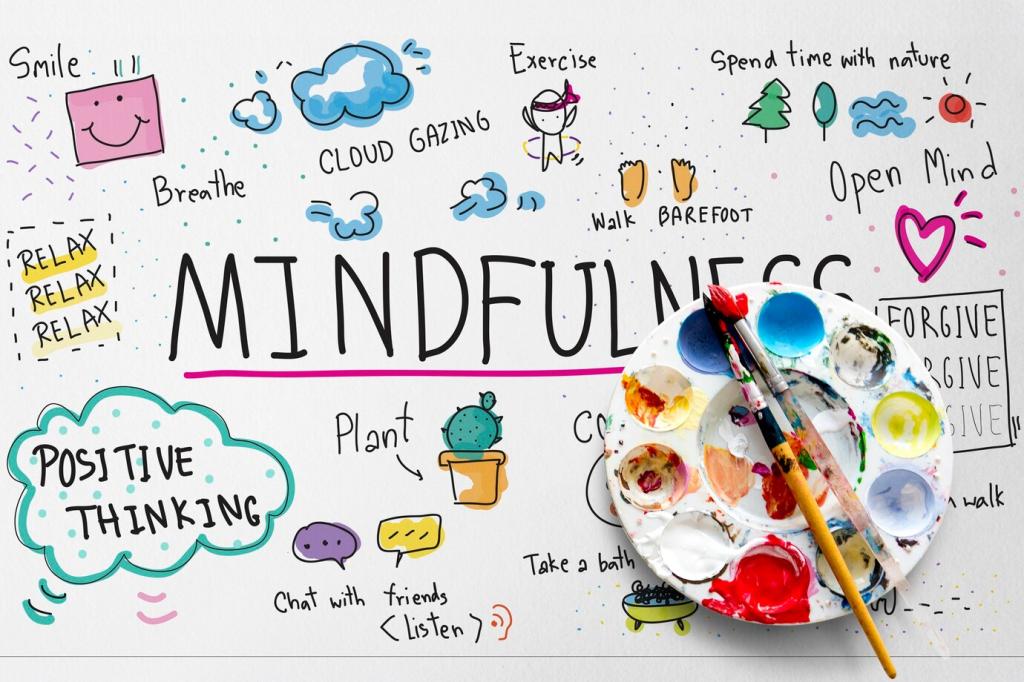Understanding the Integrative Approach
Integrative yoga therapy views the mind and body as partners shaping mood and resilience. Breath, movement, and attention influence neurotransmitters and stress hormones, reinforcing calm. Notice how a single exhale can soften the shoulders, then share what sensations shift when you lengthen your breath.
Understanding the Integrative Approach
Studies indicate yoga-based interventions can reduce anxiety symptoms, improve depressive mood, and enhance interoceptive awareness. These benefits often arise from consistent practice, not intensity. If research motivates you, bookmark a study today, then subscribe to receive accessible summaries and step-by-step practice guides.






